In Discussion with:
Craig Hollingworth
Finding Inspiration from Street Art and Humour
Since the late 1990’s, music and tech entrepreneur Craig Hollingworth has been an avid collector of graffiti and street art, having developed a large collection of early works by Banksy. Hollingworth's collection also boasts work by Harland Miller, Tracey Emin, Jessica Rankin, Loie Hollowell, the Miaz Brothers and many more. Set in the bucolic landscape of the countryside, in a 19th century converted church, Hollingworth's collection radiates humour, enjoyment and creativity.
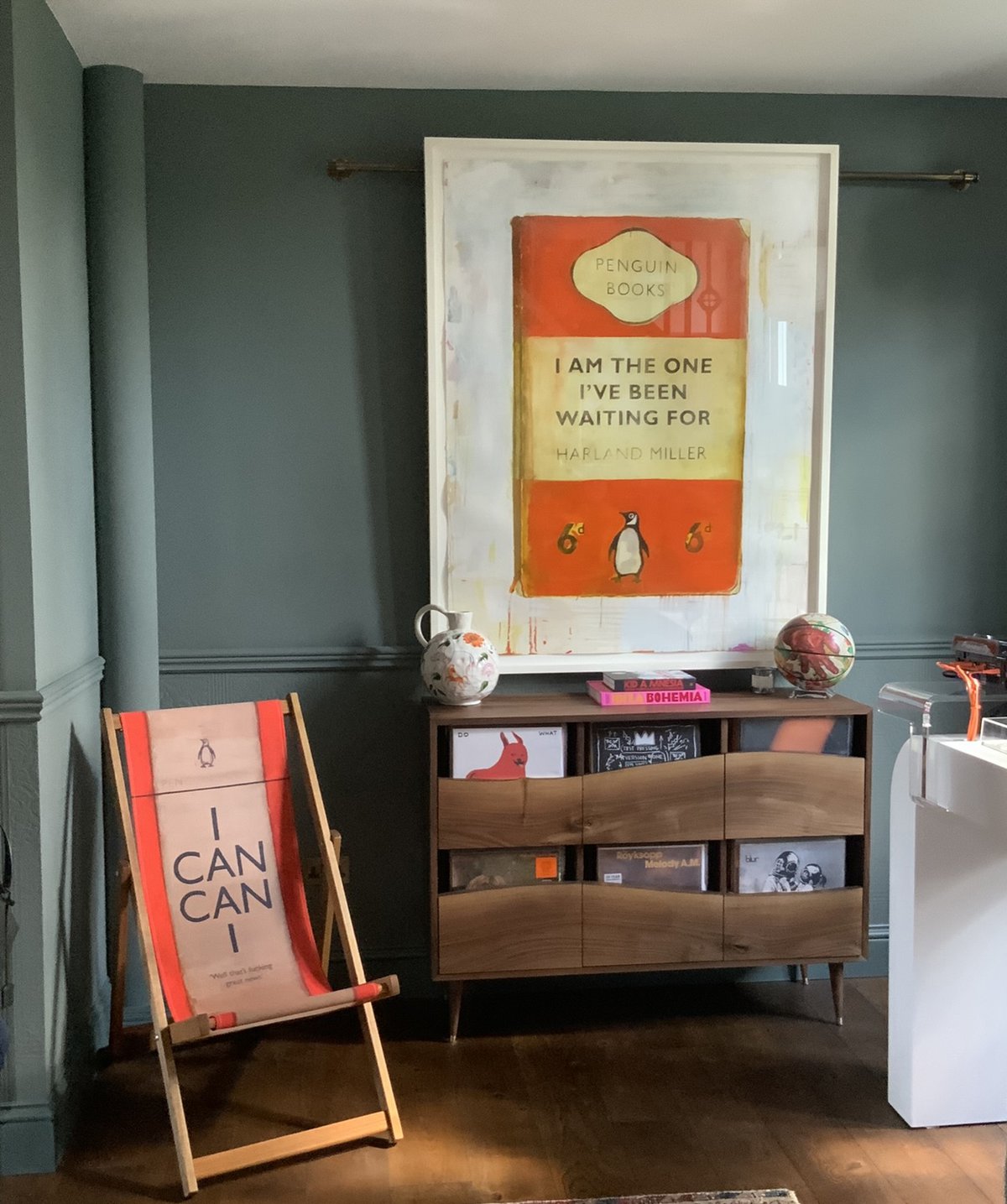
Works by Harland Miller in the Hollingworth Collection
Courtesy of the artist and the Hollingworth Collection
“Life is short and for living...Positive artwork helps our journey and enriches our lives.”
How did you begin collecting art?
Do you remember the first piece and artist that inspired you?
I didn’t really get art as a young boy! It was made out to be so complex, confusing and for the wealthy. All this talk of composition, palette and words I frankly didn’t understand. I was made to feel that it was well beyond my reach, in my 20’s I bought art from IKEA.
I grew up in the 80’s in Margaret Thatcher’s Britain. Coal mining strikes, high inflation and a broken country that was influenced heavily by the USA. Around the age of 13, I started to discover early Hip Hop and early Electro albums, I started to buy cassettes frantically. I bought them from a local record shop called BPM Records. One day I walked in the store, and they had a book called Spraycan Art by Henry Chalfant on display. The cover drew me to it, I turned the first page and couldn’t believe my eyes. The colours were incredible, the images were insane, for the first time in my life, I had discovered Graffiti! This broke all the rules!
Firstly, it was illegal, and you could get in trouble if you got caught painting something on the street. It was using a new medium, a spray can which was very free in form and unpredictable. Even the cans of paint were free, especially as my friends would try to steal as many as they could in our early spraying adventures.
Would you say there are any running themes that you cultivate within your collection?
Yes, this has changed over the years and become more purposeful and frankly my taste has changed as I’ve grown older. It started out being graffiti led. I wanted to have an original artwork by all the leading forefathers of graffiti. I soon realised as a young man I couldn’t afford a Keith Haring or Basquiat. But out of the rave scene and early Hip Hop scenes were the Wild Bunch from Bristol who had gained notoriety and contained some interesting UK graffiti artists like Banksy, Nick Walker and 3D from Massive Attack.
This art was exciting, and I could relate to it. It was very simple and political and I related to it. It was funny. This work was accessible and edgy. Graffiti was appearing on dedicated websites for the first time and being documented forever. You could see new murals going up in real-time and people would comment on them. There were forums dedicated to this new accessible political art form. Websites like Pictures on Walls (POW) were created by Jamie Hewlett and Banksy to showcase and sell artworks from this street art movement that the rest of the art world still today denies exists as a form of contemporary art. Banksy would sell his artwork amongst others on the POW website. This work was designed for the home not the street, but funded their street projects. Would you believe in the early days they didn’t sell out either and were online unsold for ages. I remember Banksy's Girl with Balloon was £74.99 for the unsigned version and £150.00 for the signed version. This print was on the website for many months. A signed one of these now would set you back around half a million pounds. Getting addicted to buying these prints and early original works of art from this new global movement of street artists enabled me to see the price rises gradually, sell things in later days that would go on to help fund the collection we have today.
This was a movement. A very large global movement. Some really key artists have come out of this to become global brands within their own rights. They did this with no galleries, no budgets and the power of the internet and video recorders. Artists I originally collected were, Banksy, Shepard Fairey, Stik, Os Gemeos, JR, Invader, Mr Jago, Nick Walker and Connor Harrington. As the years have gone by and I gained a family and children, some of the images I had bought as a younger man were just not fit for the walls. Banksy’s Queen Vic is a good example of this. My collection today still has the roots of street art but has become much more contemporary with the likes of Anthony Gormley, Damien Hirst, Loie Hollowell and Harland Miller. I’m still a huge fan of humour in artwork and this thread still exists as I first discovered all those years ago with Banksy. It’s what has enabled me to understand art, having been put off it at school all those years prior. I’ve also started to place a focus on female artists like Loie Hollowell, Jessica Rankin, Tracy Emin and Bridget Riley.
“We need to live with things that make us smile every day.”
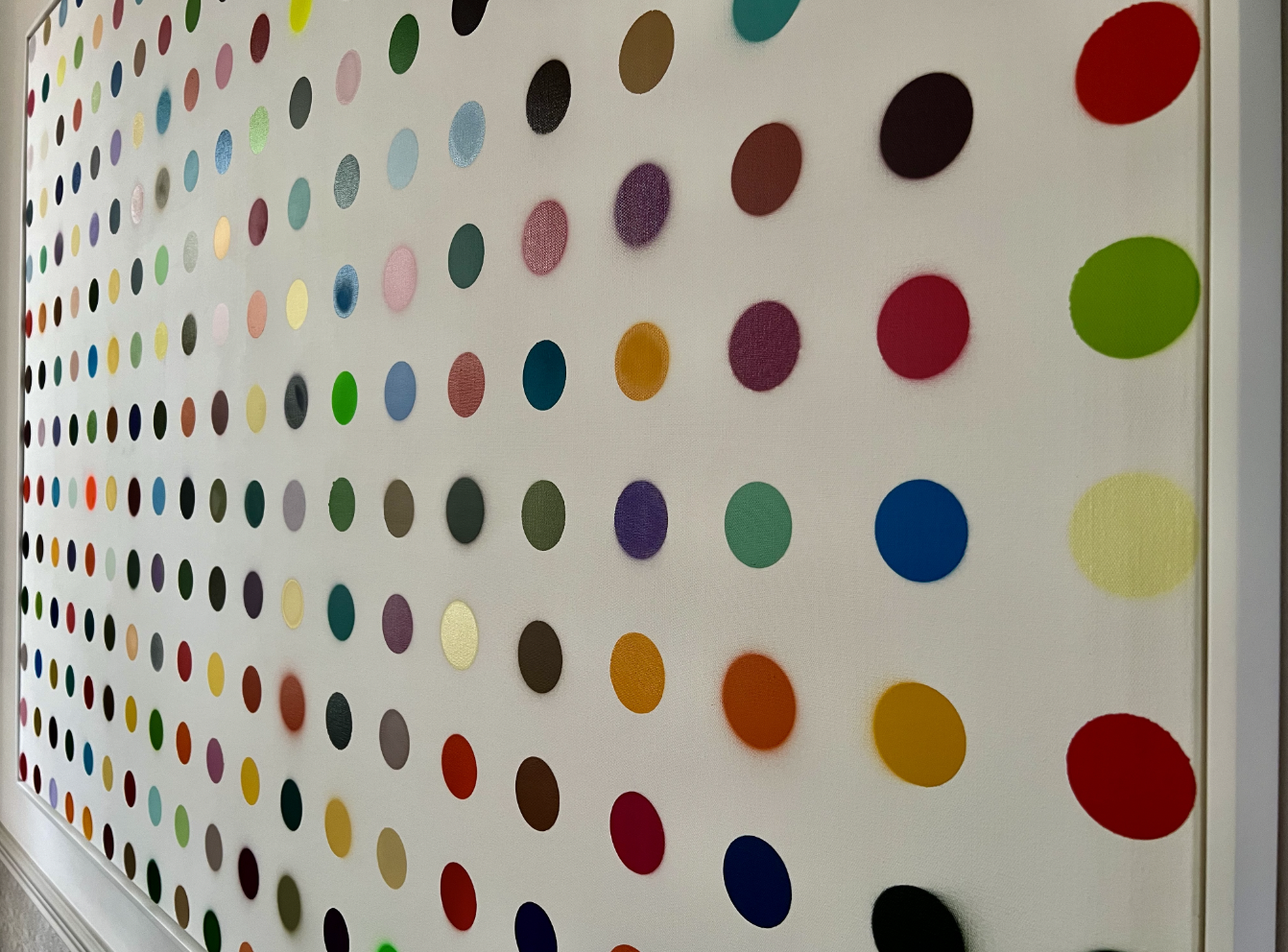
Damien Hirst in the Hollingworth Collection.
Courtesy the artist and the Hollingworth Collection.
How does living with the artworks you acquire inform your collecting process?
We live in an old, converted church from 1901. It’s a very complex building and not everything works within it. Neon for example just would not work. I also have a love for old 17th century French frames. They increase in value too and make some artworks look incredible.
There is almost a levity in your collection, what role does fun and humour play in your collecting process?
It’s key actually. We need to live with things that make us smile every day. Both Rita and I are very positive people and there is not a day that goes by when we don’t have a good laugh. Life is short and for living. Work to live not live to work. Positive artwork helps our journey and enriches our lives. I don’t really want to surround ourselves with anything negative or dark. We need bright and humorous. I also think humour helps with resale if you decide to part with an artwork at some point, as does rarity. People tend to shun or hide the financial side of collecting. It's always hidden or avoided. I’m not saying here you should buy artwork for financial gain, buy artwork because you love it, it enriches your life and makes you smile or gives you a great feeling. You never know you might get lucky and learn you have a good artistic eye.
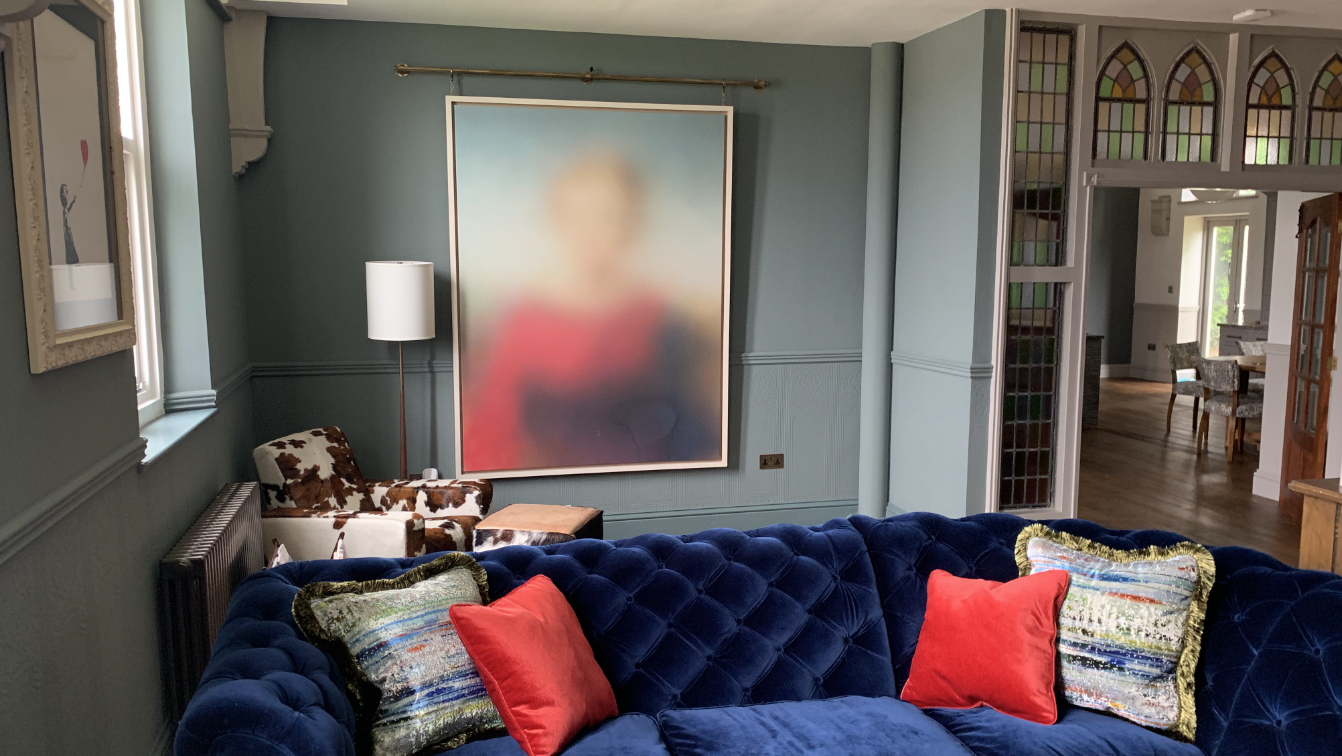
Painting by Myaz Brothers in the Hollingworth Collection.
Courtesy the artists and Hollingworth Collection.
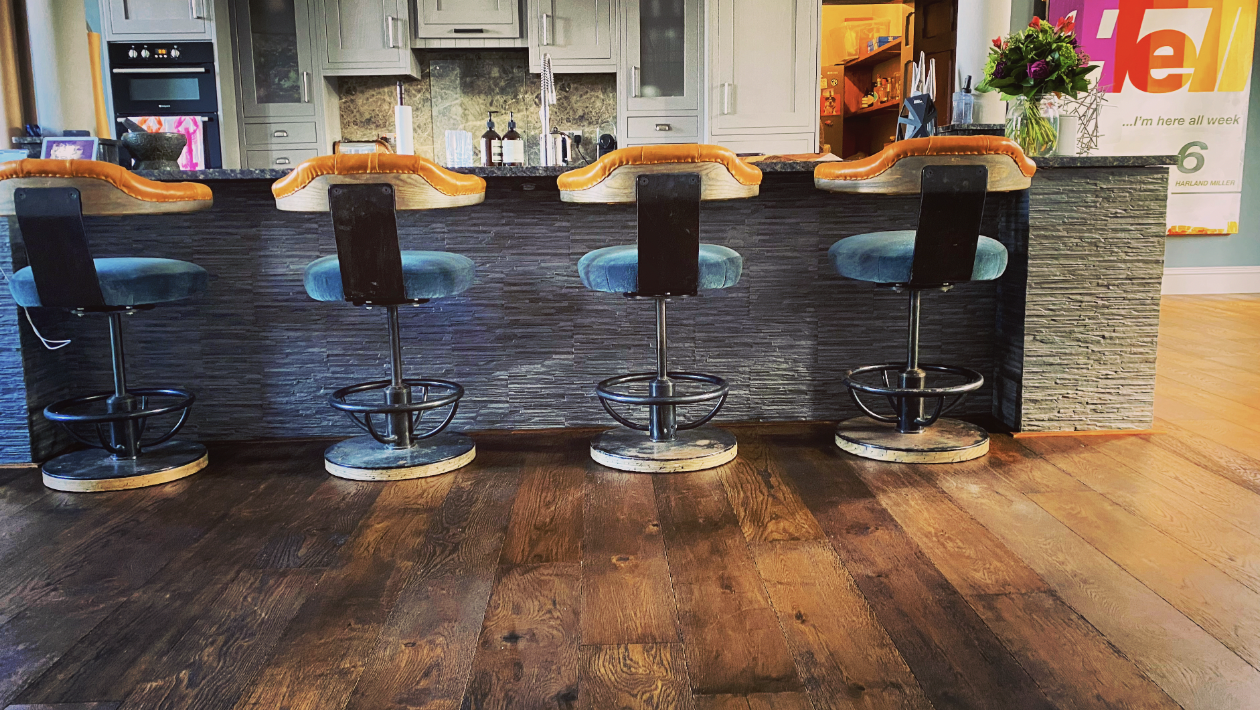
Works by Harland Miller in the Hollingworth Collection.
Courtesy the artist and Hollingworth Collection
How do you navigate the dialogue between your edgy and contemporary collection with your home, which is a converted church from the 19th century?
How did you go about curating this new space?
It’s a very hard question to answer as to be very honest we simply made it up as we went along. We did however stick to some principles which I’m happy to share. Firstly, we decided on the base primary colour for each room. Once this was decided we worked on the materials in each room which would complement and work with the colour. Like leather and velvet or wood and brass. We created a simple mood board and pinned everything together. Once the room was established, we then worked on the artworks for each space within the building.
Not every piece worked, they simply didn’t make the cut. We were firm on this. We then worked on the frame for each piece, looking at the materials and the base colours. This is the hard bit because we didn’t want to detract our eyes from the artwork itself. We work with some very clever framers who assist and frame things correctly. Bad framing is the cause of most damaged artworks and inside every frame at auction lies a potential problem. We use Darbyshire’s for contemporary framing and Gale and Co for 17th century old patina frames. Artworks are always Japanese hinged for paper works and museum standards. Finally, once we had established the base colour we choose the complimentary artwork colour. We filled in subtle furnishings like cushions picking on a primary colour in the artwork. This is how we created our space. As I mentioned, we kind of made it up and still are!
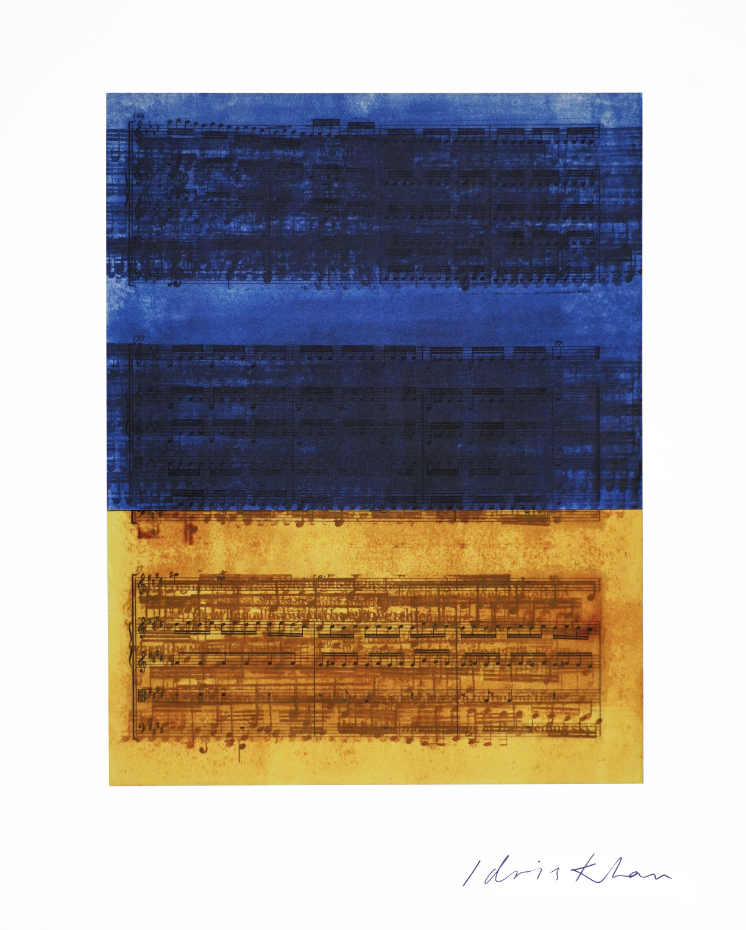
Idris Khan
I Thought We Had More Time...
2022
Collaged archival pigment print on Somerset and Kozo paper,
42 × 33 cm
signed by the artist
Courtesy of the artist and migrateart
Migrateart Video
Courtesy of the artist and Migrateart
“The streets are constantly evolving, that’s what makes it all exciting and never boring.”
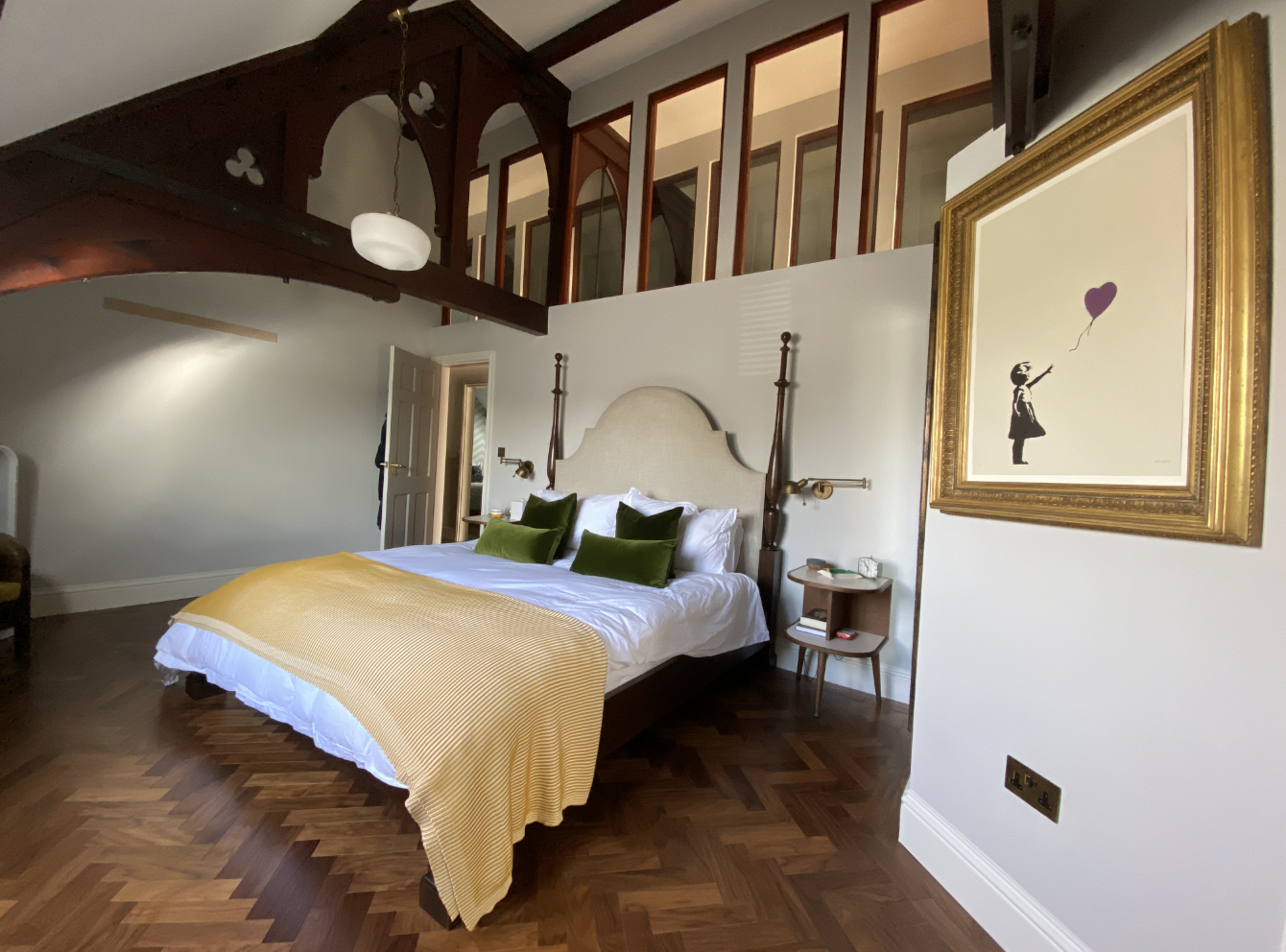
A work by Banksy in the Hollingworth Collection.
Courtesy the artist and the Hollingworth Collection.
Could you please tell us about your work with Migrate Art?
Migrate art is a charity focussed on refugees; I met the founder Simon Butler some years ago when he was working with Steve Lazerides who was Banksy’s agent. Simon then went on to work with Damien Hirst over at Newport Street. Simon later on went out to the Jungle in Calais. This then got torn down by the French authorities who tear gassed them and dispersed the refugees all over France. Simon re-visited the Jungle once it had been bulldozed to the floor. In the mud he found some crayons where a makeshift school had once stood. He collected the crayons and put them in his rucksack. Brought them back to the UK and decided to send these to 33 of the most prominent artists of our generation. He asked them to create a drawing with the crayon and the proceeds would be used to assist four differing refugee charities. 30 of the artists agreed to do this and Phillips auction house agreed to dedicate an evening sale to this.
We had Sean Scully, Raqib Shaw, Rachel Whiteread, Idris Khan, Michael Craig Martin, Anish Kapoor and Conor Harington to name a few.
This was the creation of the charity and since this we have had several successful projects raising hundreds of thousands of pounds each time for refugees. More recently we launched an Idris khan for Ukraine with the Evening Standard. We still have much to do in highlighting this in other parts of the world as well as Ukraine like Myanmar, Afghanistan and Syria. I’m normally not one for plugging things to readers but if this project interests you in some way, you can find it here. www.migrateart.com
You recently joined the acquisitions committee of the TATE, what are you most looking forward to in this role?
This is an easy one, learning. I’m always learning. I’m really hoping this will introduce me to new forms of art as well as new artists from across the globe. The folks at the Tate really know what they’re doing and I’m so excited to have been asked to join. Being open, I hadn’t understood how powerful and wonderful the Tate was until I started exploring this. I’m truly amazed!
“I think art collecting is addictive.
It should come with a government health warning to be honest.”
How often do you rotate the works on display in your home? How do you decide what to bring out into your space and when?
It's constantly evolving at home. I think art collecting is addictive. It should come with a government health warning to be honest. Rita and I live with a constant battle finding the wall space for the art we collect. I personally don’t believe art should be in storage, something we have no choice but to do as our collection has grown over the years. We are constantly loaning works which we love and personally get lots of pleasure from sharing in this way. Our taste is very similar but if I had my way, I would have things on the ceiling like picture Frescos :) Somehow I don’t think Rita would sleep too well with a large painting stuck to the ceiling especially in a 17th century frame, they’re heavy!
How has having street art within your home re-framed the way you think about the medium? How do you think perception of the medium has grown in recent years?
I get asked this quite a lot. Street art belongs on the street and shouldn’t be in the home. It’s an art form that has been designed to brighten up someone’s day or make someone smile. It's political or it's territorial. We should not be removing walls and brickwork for financial gain.
These works are temporary and designed to be this way. The streets are constantly evolving, that’s what makes it all exciting and never boring. Works that have been designed by those artists for the home in my viewpoint are different. This is how they fund the murals on the street. Banksy has painted oils over the years called ‘crude oils’ but they have been doctored with humour. Like a Van Gogh sunflowers which have all died or a Monet taken from the Japanese’s bridge paintings with a shopping trolly in the water which we see currently in all urban spaces in modern society called ‘Show Me The Monet’.
What advice would you give to emerging collectors?
Buy what you love, it doesn’t have to be expensive, go with your gut. Ultimately you must live with these things on your walls. hell, you could always buy 2 of each frame one and keep one to sell in later years. This will potentially fund some real fun if you select correctly. Hey, life is for living :)
What artists, exhibitions or events should we be looking out for in 2022?
I’m personally looking forward to some things by Loie Hollowell this year and Harland Miller later this year. I also have a keen eye on Anna Park, I think she has a long way to go and it’s impossible to purchase anything from her current shows. I’m also really loving the current Andreas Gursky show at White Cube. It's a must visit. Secretly there will also be a super sculpture show with White Cube which opens on the 12th of June at Arley Hall for the whole of the summer. Featuring some rare sculptures by Anthony Gormley, Harland Miller and Tracy Emin. This will be a super show and well worth a trip up north.